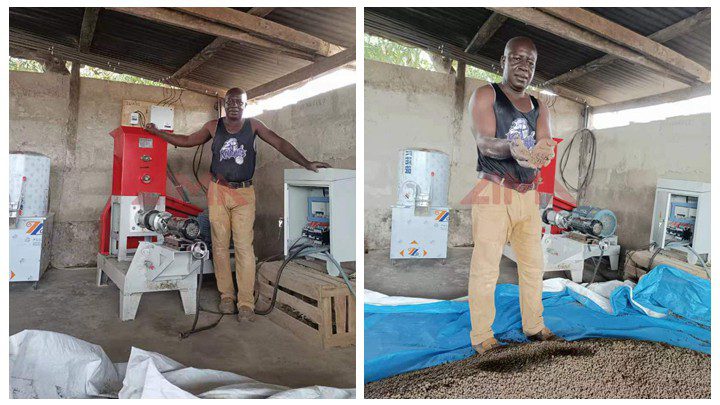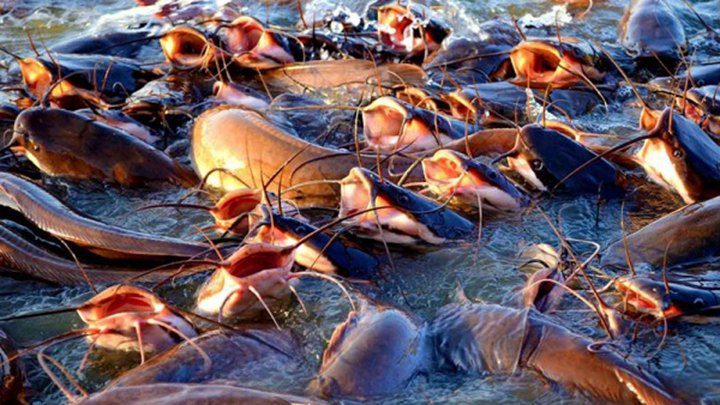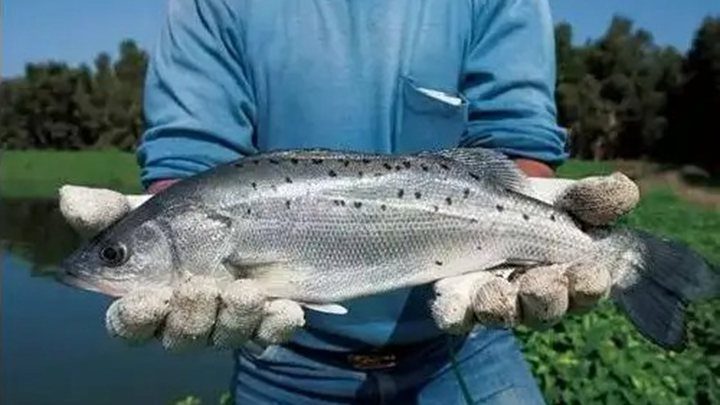Ghana is a nation in which fish is the popular delicacy, constituting about 60 of animal protein in the Ghanaian diets. Fish available in Ghana substantially consists of 47 gathered fish, 18 imports, 3 farmed fish, and 32 deficit. Due to the periodic deficiency of over a half million metric tonnes of fish and fishery products and high demand for fish, the Ghana government has started to stimulate original fish husbandry, projecting to increase the fish product from 10,000 MT in 2010( FAO) to 100,000 ton in 2016. The rapid-fire expansion of fish farming will contribute to accelerating fish feed products in Ghana.
Choosing the right fish pellet equipment can make your aquaculture more effective. The feed pellet processed by Lima floating fish feed pellet machine has the advantages of high hardness, smooth surface, complete internal cooking, and good palatability. We also have a variety of fish food pellet production line configurations for customers to choose from. Choosing the Lima fish food pellet machine allows you to obtain the best economic benefits.
Current Aquaculture product
Ghana has good conditions for aquaculture a perfect climate for raising tilapia and numerous other species, good water volume and quality, abundant labor Resources, and acceptable agrarian coffers to supply a large fish feed industry in the country. also, there’s policy support from the government. Thereby currently Ghanaian Aquaculture is passing a rapid-fire development. Tilapia is the most favored fish species, extensively applied in husbandry, request, and consumption.
Customer feedback from Ghana customer
Fish husbandry conditions in Ghana
The conditions for aquaculture are good in Ghana. The climate is ideal for raising tilapia and numerous other species, water volume and quality are outstanding, there’s an abundant labor force, and the country has enough agrarian coffers to supply a large fish feed assiduity.
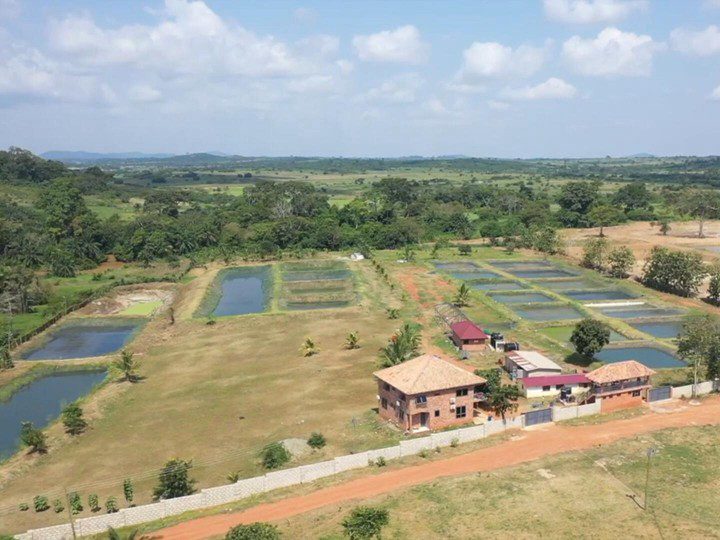
In history, people in some areas of Ghana reckoned heavily on fishing for food. But natural sources of fish have largely faded because of a variety of causes, including overfishing, using inappropriate fishing gear, deforestation, and the declination of watersheds, climate change, civic development, and destruction of water bodies. Ghana produces only about 50 of its fish demand, so there’s a great eventuality for original growers to fill this space with farmed fish.
Challenges in aquaculture in Ghana
There are two challenges to making aquaculture a reality in Ghana the lack of readily available tilapia fingerlings and the lack of readily available, standardized, and affordable pelleted fish feed.
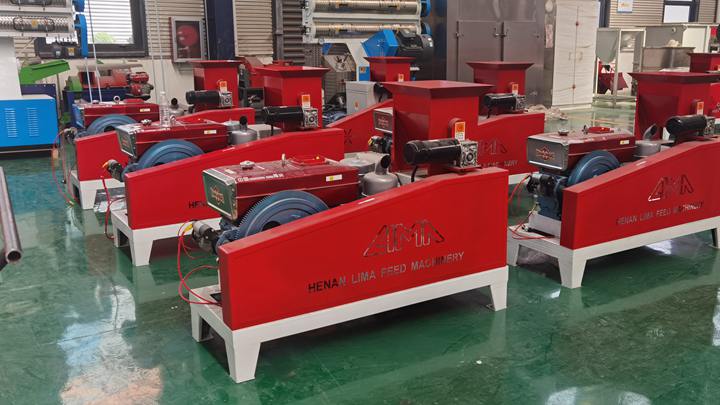
There’s a limited force of tilapia fingerlings available in Ghana, and the fingerlings are relatively precious. According to some sources, the price of fingerlings can be as high as 40 of the price of a mature fish. This high cost and the performing low-profit limits growers ’ enthusiasm for fish husbandry.
But Ghana is introducing a program to make fingerlings available time-round in large amounts, at a cost of between 2 and 7 of the price of mature fish. This will change the dynamics of fish husbandry dramatically.

